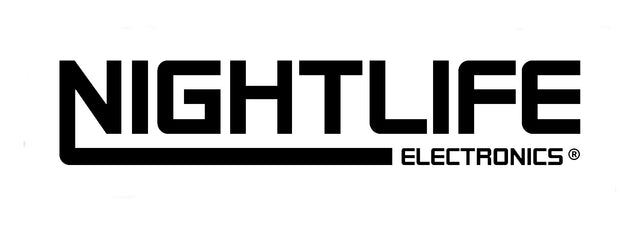Regular price CAD$299.00
Cluster is Toppobrillo's take on the workflow of the versatile Buchla 200 series control-voltage processor- model 257- with some marked improvements and options. Missing is the cool equation, but they kept some arrows and replaced the variables with LEDs :) They've also also added a voltage-controlled “polarizer” (4 quadrant multiplier), an extra processing / mixing channel and routing options that make it an extremely flexible and more compact tool for the dense Eurorack environment.
Cluster is a precision 8HP processing toolbox that can sit anywhere in a system. It has 3 independent sections that can be used individually or taken as a whole. Up to 4 signals can be mixed and there is also a complementary sum output. Potentiometers are center-detented for easy tactile centering. Signal path is high bandwidth, low noise and low offset- and is well-suited for both audio and control signals.
Each section can be used independently vis-a-vis independent outputs and a subtractive normalization scheme- This means if you need to grab a crossfader (or just use it as a VCA/ ducker) it’s there, and you’ve still got the polarizer (XY) and another processing channel (Z) mix to work with.
- Width: 8HP
- Depth: 20mm
- Power: 30mA @ +12V / 25mA @ -12V

